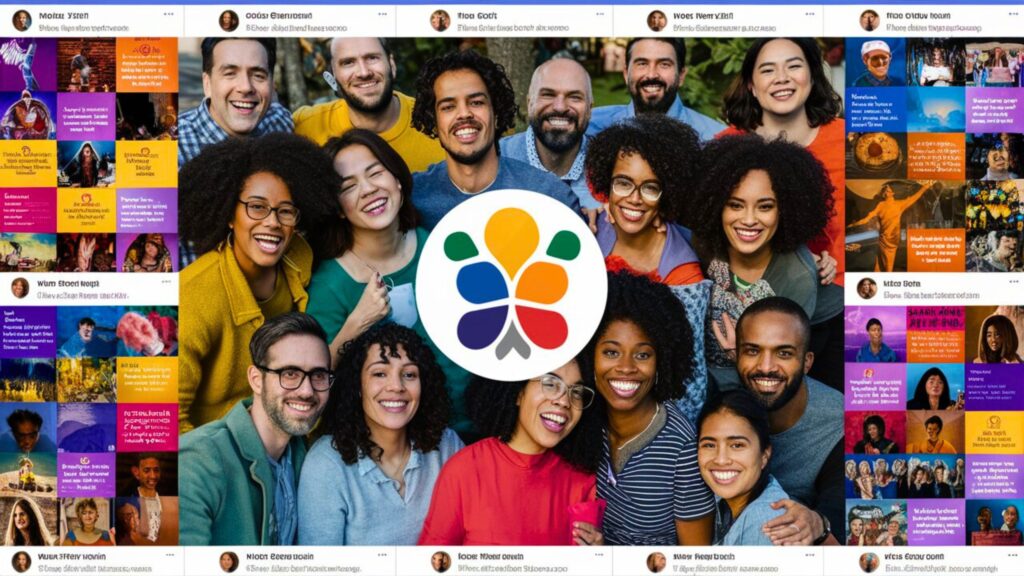Are you a nonprofit owner wondering how to build case studies for a nonprofit in Kenya? You came to the right place!
In this comprehensive blog, we have listed out a step-by-step guide that you can follow to build multiple case studies for your website.
What Is A Case Study?
In the context of nonprofit work, a case study is a detailed and comprehensive examination of a specific instance or example of the organization’s work.
This can involve a project, program, event, or intervention that the nonprofit has undertaken.
The purpose of a case study is to provide an in-depth analysis of the factors that contributed to the success or failure of the initiative, highlight best practices, and share valuable lessons learned that can inform future efforts.
Key elements typically included in a nonprofit case study are:
- Background information
- Objectives
- Implementation
- Stakeholders
- Challenges & Solutions
- Impact
- Lessons learned
- Recommendation
- Conclusion
Why Is It Important For Nonprofits To Have Case Studies On Their Websites?
Having case studies or impact reports on your website as a nonprofit in Kenya validates your efforts and legitimacy.
It is not lost on any of us just how many fake NGOs exist in Kenya.
Therefore, for yours to stand out as one of the few that is actually hard at work effecting positive change, you must show social proof.
What Are The Benefits Of Having Case Studies On Your Website As A Nonprofit?
Imagine your environmental nonprofit as a tree in a bustling forest. How do you stand out?
Case studies are like the vibrant, fruit-bearing branches that attract birds and bees—in this case, potential donors, volunteers, and partners.
Here are some key benefits:
1. Build Credibility
Case studies serve as social proof, showing that your nonprofit walks the talk. They highlight successful projects, demonstrating your organization’s competence and dedication.
2. Engage Your Audience
Stories are powerful. They connect emotionally with your audience, making your cause more relatable and urgent.
A well-crafted case study can be more compelling than a stack of dry statistics.
3. Attract Funding and Support
By showcasing real-world results, case studies can persuade potential donors and grantmakers that their money will be well spent.
They see firsthand the positive changes their contributions can make.
4. Educate and Inspire
Your case studies can serve as blueprints for other nonprofits, educators, or individuals who want to initiate similar projects. It’s a ripple effect of positive change.
How To Build Case Studies For A Nonprofit In Kenya
Step 1: Choose the Right Project
Not every project will make a good case study. Focus on those with clear, measurable outcomes and compelling stories.
For example, let’s say your environmental nonprofit successfully restored a local wetland, increasing biodiversity and improving water quality.
This project has a strong narrative and tangible results, making it an excellent candidate.
Step 2: Gather Comprehensive Data
Collect all relevant data, including:
- Background Information: What was the initial problem? Why was it important to address?
- Goals and Objectives: What did you aim to achieve?
- Methodology: How did you implement the project? Include specific strategies and actions taken.
- Results: Quantifiable outcomes, such as the number of plant species reintroduced or the volume of pollutants removed from the water.
- Stakeholder Testimonials: Quotes from community members, volunteers, or partners who witnessed or benefited from the project.
Step 3: Craft a Compelling Narrative
Structure your case study like a story, with a beginning, middle, and end. Here’s a simple template:
1. Introduction
Set the stage with the background of the project. For our wetland restoration example:
“Once a thriving ecosystem, Green Meadows Wetland had fallen into disrepair, its waters choked with pollutants and its wildlife dwindling.”
2. Challenges
Describe the specific challenges you faced:
“The wetland’s restoration posed significant challenges, from invasive species to funding constraints.”
3. Solutions and Actions
Detail the steps you took to overcome these challenges:
“Our team of dedicated volunteers, alongside local experts, embarked on a mission to revive Green Meadows. Over the course of a year, we removed invasive plants, introduced native species, and implemented sustainable water management practices.”
4. Results and Impact
Highlight the tangible outcomes:
“Today, Green Meadows Wetland is teeming with life. Water quality has improved by 40%, and the area is now home to over 50 species of plants and animals. Local residents report increased sightings of birds and fish, and the wetland has become a beloved community space.”
5. Testimonials
Include quotes to add authenticity:
“‘Seeing the transformation of Green Meadows has been incredible,’ says local resident Jane Doe. ‘It’s brought our community closer together.’”
Step 4: Design for Readability
Ensure your case study is visually appealing and easy to read. Use headings, bullet points, and images to break up text.
Infographics and charts can effectively convey data. For instance, a before-and-after photo of the wetland or a graph showing the improvement in water quality can be very impactful.
Step 5: Share and Promote
Once your case study is complete, make sure it’s easy to find on your website.
Share it through your newsletters, social media channels, and during fundraising events.
Encourage your supporters to share it too!
Real-World Example: Restoring Green Meadows Wetland
Introduction
“Green Meadows Wetland was once a vibrant ecosystem, but years of neglect had turned it into a polluted, lifeless area.”
Challenges
“Facing invasive species, pollution, and limited funding, the task of restoration seemed daunting.”
Solutions and Actions
“Our team, supported by community volunteers and environmental experts, implemented a comprehensive plan over 12 months.”
Results and Impact
“The wetland now boasts improved water quality and increased biodiversity, benefiting both the environment and local community.”
Testimonials
“‘This project has rejuvenated our community,’ says Jane Were, a local resident.”
Conclusion
Building compelling case studies is an art and a science, but the rewards are well worth the effort.
They not only highlight your successes but also inspire others to join and support your cause.
If you’re eager to create powerful case studies but need a bit of expert help, we’re here for you.
At Sanna Digital Marketing, we specialize in crafting engaging, data-driven case studies that highlight the impact of nonprofits and mission-driven organizations.
Contact us today to learn how we can help you tell your story and attract the support you need to continue making a difference by clicking the banner below.

Still have questions about how to build case studies for a nonprofit in Kenya? Feel free to ask them in the comment section below.




![Top 10 Social Listening Tools For Nonprofits In Kenya [2024 Edition]](https://sannadigitalmarketing.co/wp-content/uploads/2024/06/Top-10-Social-Listening-Tools-For-Nonprofits-In-Kenya-2024-Edition-1024x576.jpg)